Ghana
Morning light enters Ablade Glover’s studio in Accra. The artist takes the measurements of a blank canvas and then applies electric blue stains to it with a brush at regular intervals.
At the age of 84, the founder of the Artists Alliance Gallery in the Ghanaian capital is known far beyond the borders of his country for his work.
25 years ago, he created this seaside art gallery and opened it to the public to promote contemporary art, particularly from Ghana.
Glover recalls that at the time, local artists had no support, most of whom had to work side by side to earn a living.
But a major turning point has occurred in recent years, with a growing international recognition of contemporary African art. More and more artists earn money – sometimes a lot – thanks to the work of galleries like Glover’s, and to the organization of festivals and major artistic events bringing together curators and passionate collectors.
One of Ablade Glover’s works can be seen in Seth Dei’s private gallery, in a quiet street in a leafy suburb of Accra.
This 73-year-old businessman is a strong supporter of local artists, and he prefers, he says, to hang a Ghanaian painting rather than a Picasso on the walls of his living room.
“I like to be surrounded by paintings that I can understand, that reflect who I am,” he told AFP, pointing to a forest painted by Glover in bright orange red.
This painting is one of the 550 works of art he has accumulated and stores between his house and his gallery.
Dei, co-founder of a fruit and vegetable export company, began collecting art in 1993. He has observed the changes in the way African art is viewed for decades and, above all, the difficulty Ghanaian artists have had in gaining a reputation on the international scene.
“Local artists were relatively ignored and alone, and in society in general, few people bought art,” he says.
He did his best to help Ghanaian art and to encourage artists to continue creating, until he made a name for himself in the country.
“The artists would come in and say: I painted this, I think you should have it in your collection,” says Dei. “Even when I didn’t have any money, I would gradually repay it.”
He has seen the careers of artists now recognized abroad, such as Wiz Kudowor, Larry Otoo and Kofi Setordji, take off.
“People are getting used to the idea of selling works in dollars, which would have been impossible a few years ago, and the price of works of art is rising,” adds the collector.
Venice Biennale
The growing popularity of contemporary Ghanaian art is twofold: many works have left the country, been purchased by expatriates or exhibited in Europe and the United States.
Ablade Glover and Seith Dei dream of seeing a public institution invest in preserving art on the spot and allowing Ghanaians to discover and appreciate it.
They hope that the government will create a national arts museum.
There are already more and more private exhibitions, as well as a travelling museum since 2002, created by novelist, filmmaker and art historian Nana Oforiatta Ayim.
Returning to Ghana in 2011 after years in the United Kingdom, she has used her address book to support local artists and organizes events to promote young Ghanaian artists.
“I had seen the old generation work, but the international career (of these artists) was struggling to take off,” she explains. “All I wanted was for them to have the same chances at the beginning as a young artist in London.”
Nana Oforiatta Ayim and Ghanaian-British architect David Adjaye announced a few days ago that Ghana would have a pavilion at the Venice Biennale in May.
“David and I worked on the Venice Biennale as part of a larger initiative to create an infrastructure to promote art in Ghana,” says the young woman. “We are working very seriously on this in discussions with the government”.
AFP


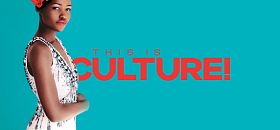

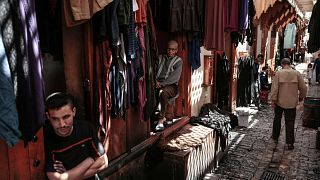
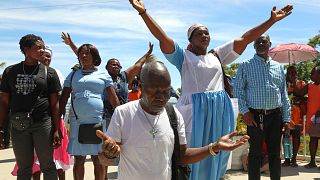

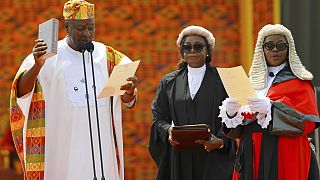
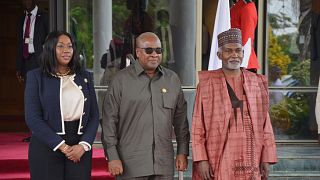
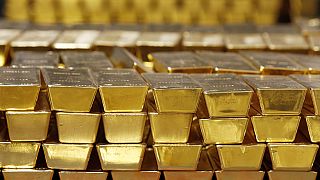
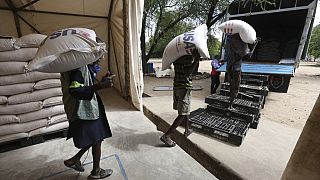
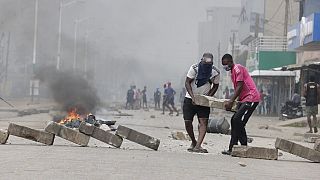
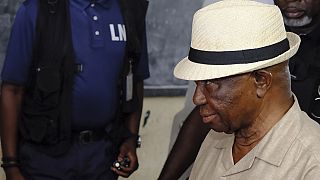
02:20
Descendants of enslaved Africans find connection in Ghana
Go to video
U.S. slashes visa duration for some African nationals amid policy shift
Go to video
Evacuations begin: African citizens caught in Israel-Iran crossfire
Go to video
Ghana's former finance minister place on Interpol Red Notice list over corruption allegations
01:00
Interact with art in 'Euphoria: Art is in the Air' at Grand Palais
02:10
Accra city authorities renew battle against roadside trading